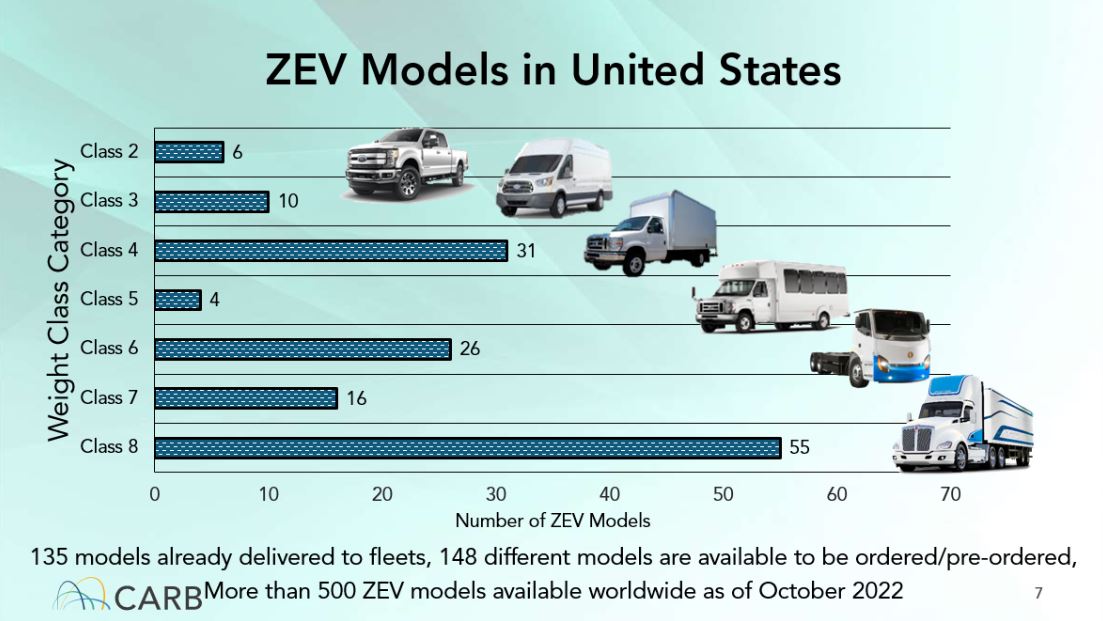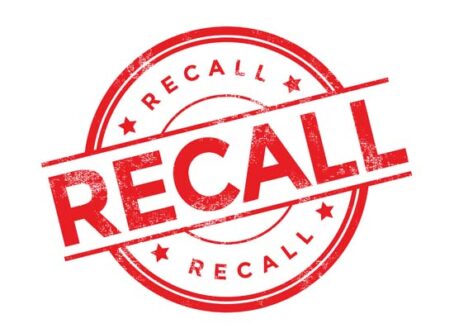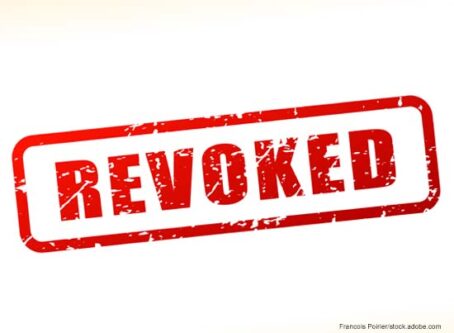California adopts strict rules to do away with diesel trucks
Driving a diesel truck eventually may be a thing of the past in the Golden State now that the California Air Resources Board has approved the Advanced Clean Fleets regulation.
On April 28, CARB unanimously approved of a sweeping regulation regarding the phase-in of zero-emission trucks called Advanced Clean Fleets. The regulation requires that 100% of manufacturers’ sales be zero-emission trucks by 2036. Drayage operations, government fleets and “high priority” fleets are affected by the regulation.
Although Advanced Clean Fleets rule requires all truck sales to be zero-emission vehicles by 2036, a phase-in timeline will be implemented.
For drayage trucks, the regulation will require companies to register “legacy” trucks at the end of this year. Beginning January 2024, newly added drayage trucks must be zero-emission trucks. All drayage trucks must be zero-emission vehicles by January 2035.
The Advanced Clean Fleets regulations have a different timeline for high-priority fleets. High-priority fleets are fleets with 50 or more vehicles, fleets with more than $50 million in annual revenue, federal government fleets, or entities that hire or dispatch fleets. Registration of older trucks and rules about newly added vehicles have the same timeline as drayage trucks.
However, high-priority fleets need only to remove internal combustion engine trucks after their useful life beginning in January 2025. CARB defines “minimum useful life” as fewer than 800,000 vehicle miles or 18 years from engine certification, but no less than 13 years.
Half of the purchases for state and local government fleets must be zero-emission trucks from 2024 to 2026. Starting January 2027, all purchases must be zero-emission trucks.
One provision within the Advanced Clean Fleets regulation called the “optional zero-emission vehicle milestone phase-in” will allow more time for trucks with sleeper cabs to comply.
For fleets with sleeper cabs, 10% of the fleet must be zero-emission trucks by 2030, 25% by 2033, 50% by 2036, 75% by 2039, and 100% by 2042.
According to CARB, the Advanced Clean Fleets regulation will save $26.5 billion in statewide health benefits from criteria pollutant emissions and a net cost savings of $48 billion to fleets.
CARB also claims that there are nearly 150 zero-emission vehicles models to choose from in the United States.

“We have the technology available to start working toward a zero-emission future now,” CARB Chair Liane Randolph said in a statement. “The Advanced Clean Fleets rule is a reasonable and innovative approach to clean up the vehicles on our roads and ensure that Californians have the clean air that they want and deserve. At the same time, this rule provides manufacturers, truck owners and fueling providers the assurance that there will be a market and the demand for zero-emissions vehicles, while providing a flexible path to making the transition toward clean air.”
However, some stakeholders believe the Advanced Clean Fleets regulation is too ambitious.
The California Trucking Association’s CEO Eric Sauer sent Land Line the following statement:
The California Trucking Association has, for years, urged CARB to listen to trucking experts regarding how the industry can successfully deploy zero-emission trucks.
However, CARB has outright ignored the nation’s leading fleets and has put forth an overly ambitious, unrealistic, and unfeasible proposal.
The current Advanced Clean Fleets Regulation expected to be adopted by CARB this week is deeply flawed and does not take into account the lack of charging infrastructure, the availability of electric trucks, the weight batteries will add to these vehicles, the environmental impact of battery production and disposal, and the potential impact on smaller trucking companies that do not have the resources to overturn their operation in such a rushed timeframe.
The only effect (Advanced Clean Fleets) implementation will have is that it will guarantee a complete dismantling of our state’s trucking industry and have detrimental effect on goods movement and the entire supply chain.
The new regulation still needs approval from the U.S. Environmental Protection Agency before going into full effect. LL









